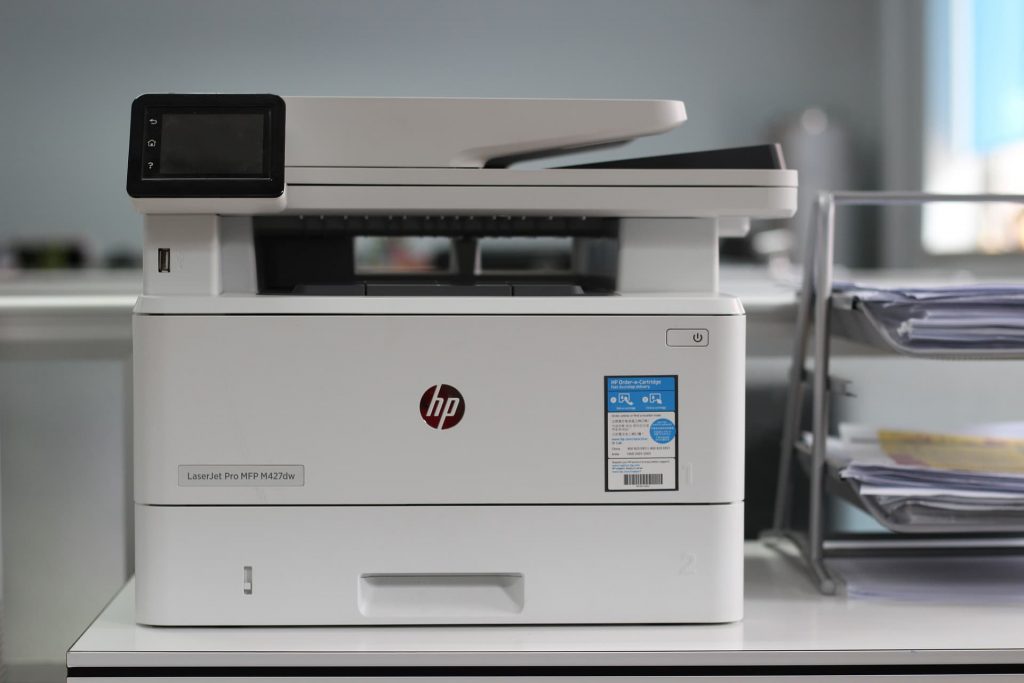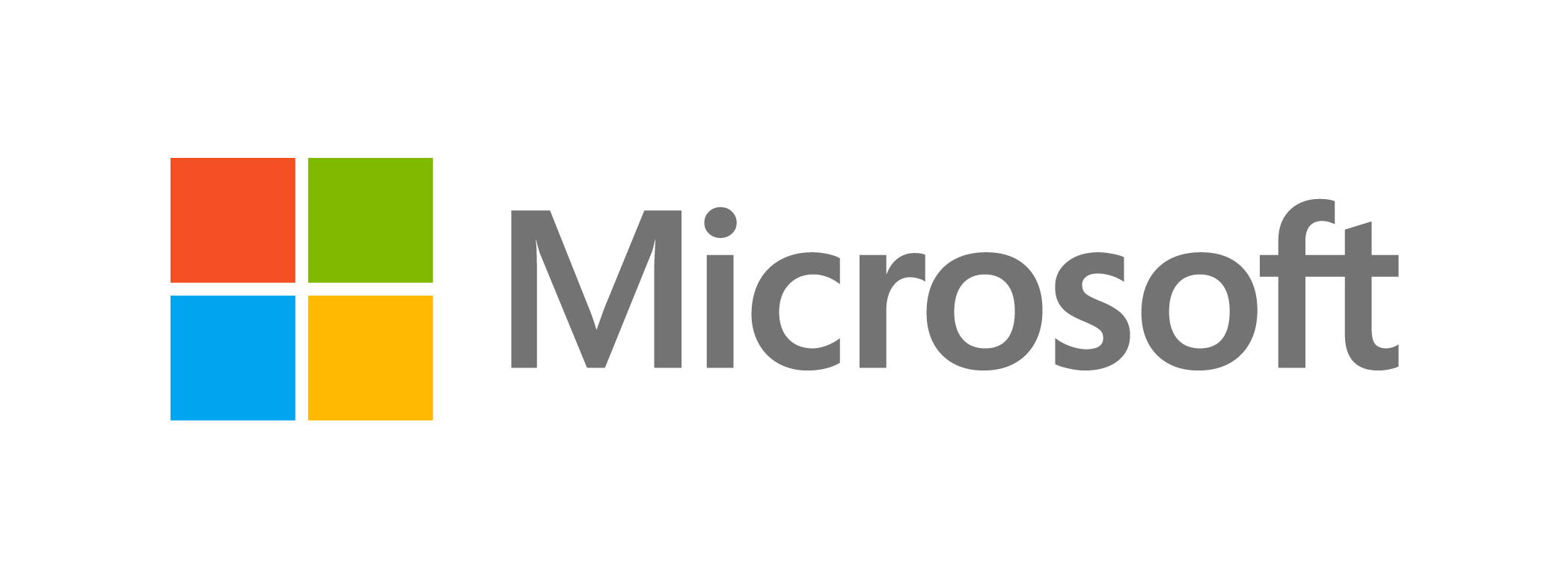Business leaders invest a lot of time and resources into cybersecurity because they understand that protecting sensitive data is a necessity in the digital age. One business component that often gets overlooked are business printers. They are also vulnerable to cyberattacks, so make sure to follow these tips to ensure your company stays protected.
What makes business printers vulnerable to cyberattacks?
Companies prioritise servers and PCs when assessing network security concerns, not only because they are the most vulnerable to external threats, but also because they are the targets of the majority of cyberattacks. Because printers are not top targets, they are frequently at the bottom of the list. Furthermore, because they do not communicate with external systems, their functions appear to be internal at first appearance.

Print machines, on the other hand, are ideal targets for cybercriminals because of their core operations, notably printing and scanning. Print machines are used by businesses to print vital papers such as tax forms, employee information, medical data, and financial statements — information that hackers would love to get their hands on.
And they can, easily.
Previous print jobs, even ones that have been cancelled, are stored on the hard disc of network printers. By hacking into the printer with a specific tool, anyone with access to the printer — even remotely — may be able to see those papers.
Because modern printers can now be connected to the internet, files can also be intercepted during wireless transfer. Hackers can not only use open network ports on printers to access data, but they can also take control insecure printers and send their own data over them.
Finally, hackers can use susceptible printers to get around your security system. Crooks can then start bigger cyberattacks from within your network, which can be difficult to contain, once they’ve gained access through your printers.

What can you do to protect your business printers?
Business printers should not be disregarded when planning a cybersecurity strategy. Keep your print devices secure by following these best practices:
- Monitor your network surreptitiously and always promptly install printer software updates and patches. Printer manufacturers often release software support or updates, so always be on the lookout for those.
- Change the default password and administrator login credentials of printers with web management capabilities.
- Allow only company-owned devices to connect to your printers.
- Always connect to your printers using secure connections. Conversely, avoid accessing your printers through a public internet connection.
- Restrict printer access by using a firewall.
- If your wireless printer has a feature that requires users to enter a PIN before they can print documents, enable it to prevent unauthorized access.
- If you don’t use your printer for fax and email, isolate your printer from your main company network and disable out-of-network printing.
- If you handle classified data, do not connect your printer to any network. Instead, connect it directly to your computer using data cables or print from a thumb drive.
- Secure your printouts by enabling manual feed. This setting requires a user to manually input paper (or any material to be printed on), reducing the risks of the printed document getting stolen or being left in the printing area.
Another way to secure your printers is by partnering with an IT company that can take care of your printer-related worries. From thwarting attacks to reducing management costs to keeping your printer at optimal functionality, our experts can help.
Are you interested in learning more about cybersecurity? Call us today and discover how our wide array of tech services can safeguard your business.











